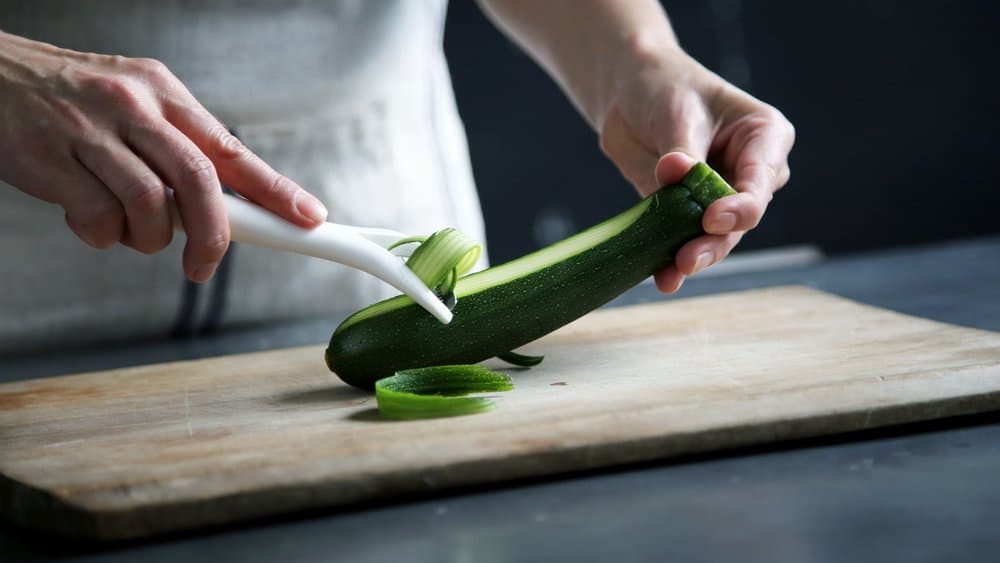In a world where over 795 million people go to bed hungry, it is shocking that one third of the food that the world produces goes to waste every year – the equivalent of approximately 1.3 billion tonnes. The reasons for this waste varies between countries and occurs at different stages of food production and consumption.
Developed countries account for the greatest amount of food wasted at over 55%. The largest culprits include North America and Oceania, with the waste primarily occurring at the point of consumption with Australians, for example, throwing out one out of every five bags of shopping. This possibly indicates a problem in regard to individual’s relationship with food, losing respect for the item itself, its price and perhaps the effort of the farmers. In developing countries, by contrast, waste occurs closer to the farm at the stages of production and storage, experiencing food loss due to factors such as climate, floods, drought, pests and disease, or an absence of necessary infrastructure.

Whatever the reason or cause, however, food loss and waste represent a significant squandering of resources and inputs in particularly land, labor, water and capital. Furthermore, the breakdown of the waste itself is a major contributor to greenhouse gas emissions, with the Food and Agricultural Organisation (FAO) calculating that food waste and loss generate 4.4 gigatonnes of carbon dioxide per year or about 8% of total greenhouse gas emissions, thus contributing to climate change.
- As the cause of the issue differs between regions so too does the solution to the problem. When food loss occurs closer to the farm, as is the case generally in developing countries, the solution largely lies in infrastructure development in order to improve storage and redistribute supply. For food waste closer to consumption on the other hand, The World Resource Institute has highlighted three changes that could be made, including reductions to portions sizes, consumer awareness campaigns as well as the need for improved clarification on expiry date labels that are often misleading for consumers.
Other changes that I believe could be beneficial on an individual level include:
- Shopping to a plan: it reduces unnecessary purchases that are more likely to be wasted.
- Maximise the use of leftovers: curry tastes better the next day anyway!
- Change your mindset and learn some food preservation tips: ‘Save the Food’ has compiled a list of handy tricks to keep food better for longer including freezing flour which keeps it fresher for almost twice as long, who knew.
- Finally if you must throw out your food, dispose of it in an environmentally friendly way through investing in a compost or worm farm. Alternatively, if you have the garden space and if your council permits why not get some chickens, they love food scraps, their waste is a valuable fertiliser and laying hens provide fresh eggs in return, a major win!
- There’s more information, ideas and tips here on how to prevent food waste and store food for optimal freshness and longevity.

Contributed by Ella Cottee from The Conscious Consumer.
About The Conscious Consumer
If you are an over thinker, a do-er and an all round good person, then The Conscious Consumer is for you. If you question where your everyday products come from and how they are made, where your waste goes and if the current social, environmental and economic system of life we currently live in could be improved to become more harmonious and sustainable, then I encourage you read on.
The Conscious Consumer is a platform for myself, alongside input at times from some of my more experienced friends and professionals, to question, reflect and document some of our learnings and queries about the world and hopefully ignite some further questions or thoughts of your own. Thank you for taking the time to explore and for joining me on this journey.







